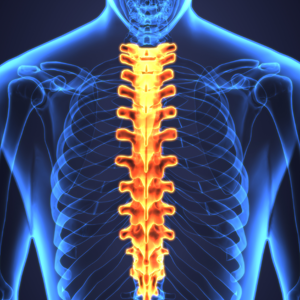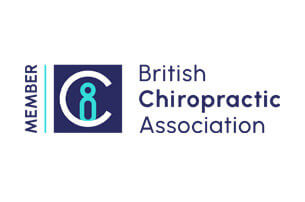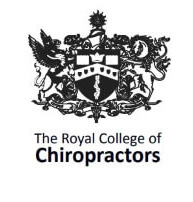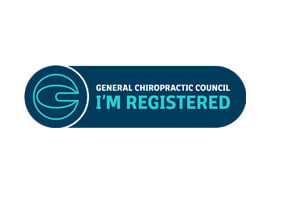 The thoracic spine is the name given to the middle part of your back. It connects the base of your neck to the top of your lower back and is the longest section of your spine. The thoracic spine consists of 12 separate vertebrae which are stacked on top of each other, and we label them T1 through T12.
The thoracic spine is the name given to the middle part of your back. It connects the base of your neck to the top of your lower back and is the longest section of your spine. The thoracic spine consists of 12 separate vertebrae which are stacked on top of each other, and we label them T1 through T12.
The thoracic spine helps to support the torso and the chest area. Each of the ribs attaches onto the thoracic vertebrae and, like other parts of the spine, it protects and encases the spinal cord. The spinal cord forms part of our nervous system, which controls everything that goes on in the body.
Facet joints are found between each pair of vertebrae, and these little joints allow a small amount of movement in the spine when we bend and twist and turn.
A fibrous intervertebral disc sits between each pair of vertebrae, acting as a shock absorber to distribute the body’s weight through the spine. Spaces at either side and between each of the vertebrae are called foramen and allow the spinal nerves to branch off from the spinal cord and leave the spine to travel to different parts of the body.
There are many other structures found in and around the thoracic spine. These include ligaments, muscles and tendons, and they all allow just the right amount of movement. Any of these structures together with the vertebrae, joint and nerves can contribute to pain in the thoracic region. In order to treat thoracic pain, it is important to understand exactly where the pain is coming from.
If you feel pain in the middle of your back, we may be able to help to get you moving and feeling better again. Contact us to get started!



